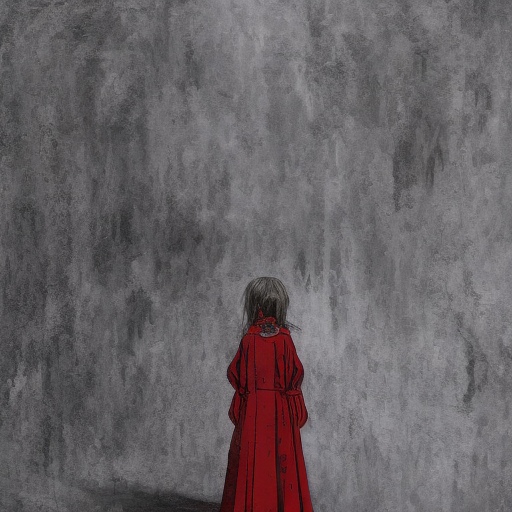Sansho the Bailiff by Kenji Mizoguchi
One-line Summary:
In “Sansho the Bailiff,” directed by Kenji Mizoguchi, a noble family is torn apart in feudal Japan as the father, Zushio, is exiled and his wife and children are sold into slavery. Years later, Zushio’s son, Anju, sacrifices herself to save her brother, who has become a slave under the cruel Bailiff Sansho. As adults, Zushio and his sister escape and vow to bring justice to the oppressed. This poignant tale explores themes of family, sacrifice, and the pursuit of justice in a harsh and unforgiving world.
Main Cast and Crew:
- Director: Kenji Mizoguchi
- Writer: Yoshikata Yoda (screenplay), Ogai Mori (novel)
- Key Actors: Kinuyo Tanaka as Tamaki, Yoshiaki Hanayagi as Anju, Kyoko Kagawa as Anju (as a child), Masao Shimizu as Zushio, Eitaro Shindo as Sansho, Akitake Kono as Taro
- Music Director: Fumio Hayasaka
- Director of Photography: Kazuo Miyagawa
- Producers: Masaichi Nagata, Kenji Mizoguchi
Plot:
Set in medieval Japan, “Sansho the Bailiff” tells the story of a noble family’s tragic separation. Zushio, the son of a provincial governor, is exiled while his wife, Tamaki, and their two children, Anju and Zushio, are sold into slavery. The family is separated, with Tamaki sent to a brothel and the children sold to the cruel slave owner, Bailiff Sansho.
Years later, Zushio becomes an overseer at Sansho’s estate, where he discovers the harsh realities faced by the slaves. Anju sacrifices herself to save her brother from a life of servitude, urging him to remember their father’s teachings of compassion and justice. Zushio, now determined to bring change, escapes with a fellow slave, and together they embark on a journey to find their mother and seek justice for the oppressed.
As they travel, Zushio and his sister encounter various individuals who have been affected by Sansho’s cruelty. They witness the suffering of the lower class and the corruption of those in power. Through their experiences, they come to understand the importance of empathy and the need to fight against injustice.
Themes and Motifs:
“Sansho the Bailiff” explores several central themes and motifs. The film delves into the complexities of family bonds and the sacrifices one is willing to make for their loved ones. It also examines the harsh realities of feudal society, highlighting the oppression of the lower class and the abuse of power by those in authority.
The motif of compassion is prevalent throughout the film. Zushio and Anju’s father instilled in them the importance of treating others with kindness, even in the face of adversity. This theme is further emphasized through the characters they encounter on their journey, who demonstrate acts of compassion and selflessness.
Reception and Legacy:
Upon its release in 1954, “Sansho the Bailiff” received critical acclaim for its powerful storytelling and emotional depth. The film won the Silver Lion award at the Venice Film Festival, solidifying Kenji Mizoguchi’s reputation as a master filmmaker. It has since been recognized as one of Mizoguchi’s greatest works and a masterpiece of Japanese cinema.
The film’s enduring legacy lies in its exploration of universal themes and its ability to resonate with audiences across cultures and time periods. “Sansho the Bailiff” continues to be studied and celebrated for its poignant portrayal of human suffering, resilience, and the pursuit of justice.
Recommendation:
“Sansho the Bailiff” is a profound and emotionally resonant film that showcases the mastery of Kenji Mizoguchi’s storytelling. It is a must-watch for those who appreciate thought-provoking cinema and are interested in exploring themes of family, sacrifice, and social justice. The film’s beautiful cinematography and powerful performances make it a timeless classic that should not be missed.
Memorable Quote:
“Without mercy, man is like a beast. Even if you are hard on yourself, be merciful to others.” – Zushio












